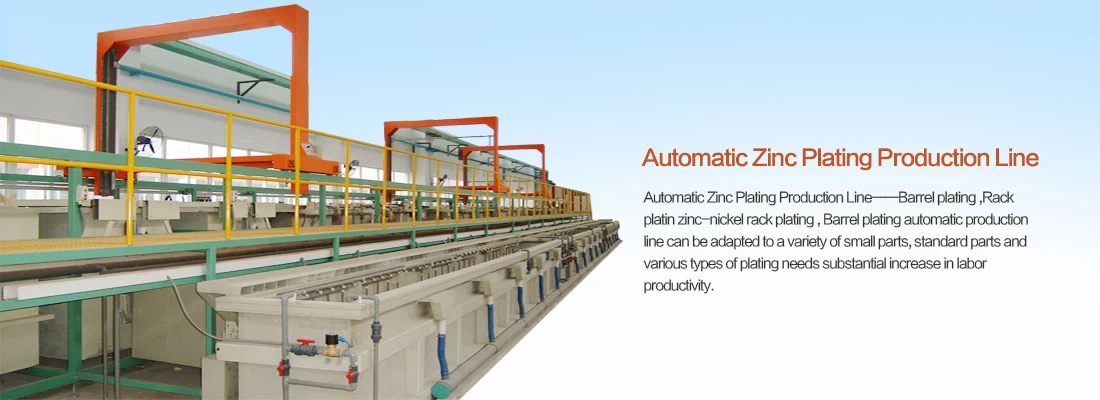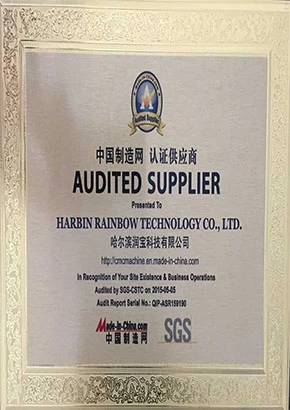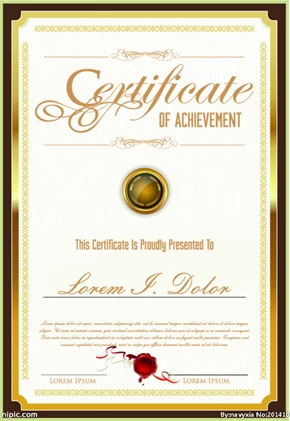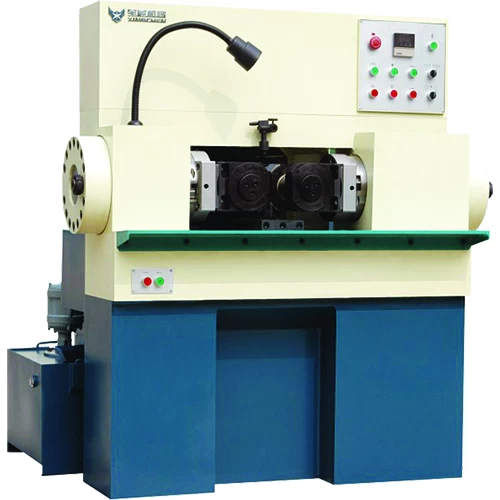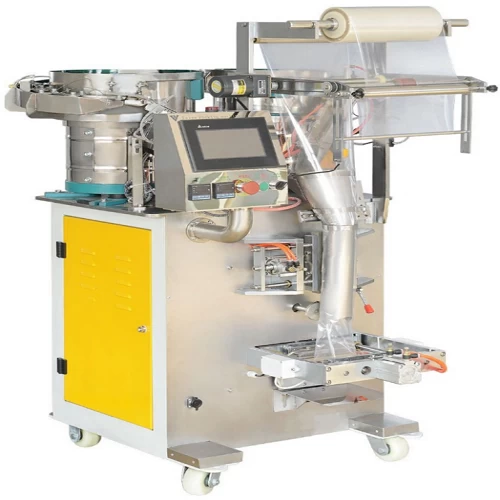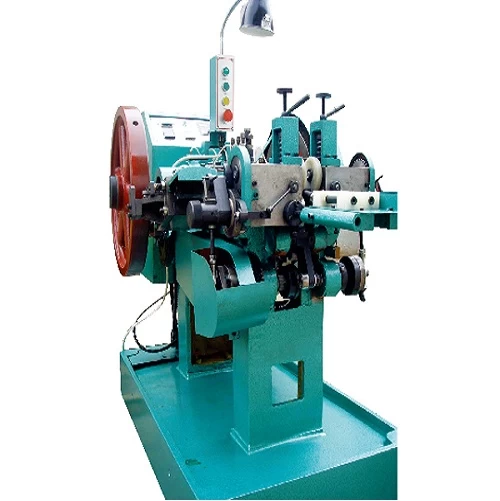Fastener knowledge - surface treatment
2016-07-21 18:03:16
Surface treatment: surface treatment that is by a certain method of forming a coating layer on the surface of the process, its purpose is assigned to the product surface appearance, anti-corrosion effect, surface treatment methods are attributed to the following methods:
1,plating: The receiving member is immersed in a plating solution containing a metal compound is deposited at a current through the bath, the plating metals to be precipitated and deposited on the member. Generally plated with zinc, copper, nickel, chromium, copper-nickel alloy, sometimes black cook (blue), phosphate, also included.
2,HDG: By melting zinc plated steel tank parts immersion temperature of about 510 ℃ completed. As a result, iron and zinc alloy on the steel surface passivation of zinc gradually into the outer surface of the product. Hot dip aluminum is a similar process.
3,Mechanical plating: To hit the surface of the product through the particulate plating metal, cold welding and coating onto the surface of the product. Use more general screw plating way, but used in electric power, highways and other outdoor wood screws with a hexagonal hot-dip zinc; electroplating generally cost per kilogram 0.6--0.8 yuan, hot-dip zinc is generally 1.5 - 2 yuan / kg, the cost is higher.
Plating effect: quality plating for its corrosion resistance as the main measure, followed by the appearance. Corrosion resistance is the imitation product work environment, set test conditions, to its corrosion test. Quality electroplating products be controlled from the following:
1, Appearance: the product surface coating does not allow non-local, charred, rough, dark, peeling, health and visible crust stripes, not allowed to have pinhole pitting, black coated dregs, the passivation film loose, cracking, shedding and severe signs of passivation.
2, coating thickness: Fastener work life and it is proportional to the thickness of the coating in a corrosive atmosphere. General recommendations economy plating coating thickness 0.00015in ~ 0.0005 in (4 ~ 12um) hot-dip galvanizing: Standard average thickness of 54 um (called diameter ≤3 / 8 to 43 um), the minimum thickness of 43 um (called diameter ≤3 / 8 to 37 um).
3, coating distribution: Using different deposition method, coating on the fastener surface aggregates in different ways. Not uniformly deposited coating metal plating on the outer peripheral edge of the corner to get a thicker coating. In the threaded portion of the fastener, the thickest Plating is located in the thread crest, gradually thinning along the flank, the deposition of the thinnest in the bottom of the teeth, and hot-dip galvanized on the contrary, including the deposition of thick bottom corner and thread, mechanical plating and coating metal deposition tendency hot dip The same, but the more smooth the surface but also in the entire thickness to be much more uniform.
4, hydrogen embrittlement: Fastener in processing and handling, especially in the acid and alkaline cleaning before plating and subsequent electroplating process, the surface of the absorbent hydrogen atom, a metal coating is then deposited trapping hydrogen. When the fastener tightening, hydrogen towards the most stress set The part of the turn enough, causing the pressure to increase in intensity over the base metal and produces tiny surface rupture. Hydrogen special events and quickly penetrate into the newly formed cracks go.
This pressure - rupture - penetrate cycle continues until the fastener fracture. Typically occurs within the first few hours after application of the stress. In order to eliminate the threat of hydrogen embrittlement of fasteners to be coated as soon as possible after the baking heat, so that the hydrogen leaking from the coating, baking is usually carried out at 375-4000F (176-190 ℃) 3-24 hours. Due to non-mechanical plating electrolyte, which virtually eliminates the threat of hydrogen embrittlement.
1,plating: The receiving member is immersed in a plating solution containing a metal compound is deposited at a current through the bath, the plating metals to be precipitated and deposited on the member. Generally plated with zinc, copper, nickel, chromium, copper-nickel alloy, sometimes black cook (blue), phosphate, also included.
2,HDG: By melting zinc plated steel tank parts immersion temperature of about 510 ℃ completed. As a result, iron and zinc alloy on the steel surface passivation of zinc gradually into the outer surface of the product. Hot dip aluminum is a similar process.
3,Mechanical plating: To hit the surface of the product through the particulate plating metal, cold welding and coating onto the surface of the product. Use more general screw plating way, but used in electric power, highways and other outdoor wood screws with a hexagonal hot-dip zinc; electroplating generally cost per kilogram 0.6--0.8 yuan, hot-dip zinc is generally 1.5 - 2 yuan / kg, the cost is higher.
Plating effect: quality plating for its corrosion resistance as the main measure, followed by the appearance. Corrosion resistance is the imitation product work environment, set test conditions, to its corrosion test. Quality electroplating products be controlled from the following:
1, Appearance: the product surface coating does not allow non-local, charred, rough, dark, peeling, health and visible crust stripes, not allowed to have pinhole pitting, black coated dregs, the passivation film loose, cracking, shedding and severe signs of passivation.
2, coating thickness: Fastener work life and it is proportional to the thickness of the coating in a corrosive atmosphere. General recommendations economy plating coating thickness 0.00015in ~ 0.0005 in (4 ~ 12um) hot-dip galvanizing: Standard average thickness of 54 um (called diameter ≤3 / 8 to 43 um), the minimum thickness of 43 um (called diameter ≤3 / 8 to 37 um).
3, coating distribution: Using different deposition method, coating on the fastener surface aggregates in different ways. Not uniformly deposited coating metal plating on the outer peripheral edge of the corner to get a thicker coating. In the threaded portion of the fastener, the thickest Plating is located in the thread crest, gradually thinning along the flank, the deposition of the thinnest in the bottom of the teeth, and hot-dip galvanized on the contrary, including the deposition of thick bottom corner and thread, mechanical plating and coating metal deposition tendency hot dip The same, but the more smooth the surface but also in the entire thickness to be much more uniform.
4, hydrogen embrittlement: Fastener in processing and handling, especially in the acid and alkaline cleaning before plating and subsequent electroplating process, the surface of the absorbent hydrogen atom, a metal coating is then deposited trapping hydrogen. When the fastener tightening, hydrogen towards the most stress set The part of the turn enough, causing the pressure to increase in intensity over the base metal and produces tiny surface rupture. Hydrogen special events and quickly penetrate into the newly formed cracks go.
This pressure - rupture - penetrate cycle continues until the fastener fracture. Typically occurs within the first few hours after application of the stress. In order to eliminate the threat of hydrogen embrittlement of fasteners to be coated as soon as possible after the baking heat, so that the hydrogen leaking from the coating, baking is usually carried out at 375-4000F (176-190 ℃) 3-24 hours. Due to non-mechanical plating electrolyte, which virtually eliminates the threat of hydrogen embrittlement.



